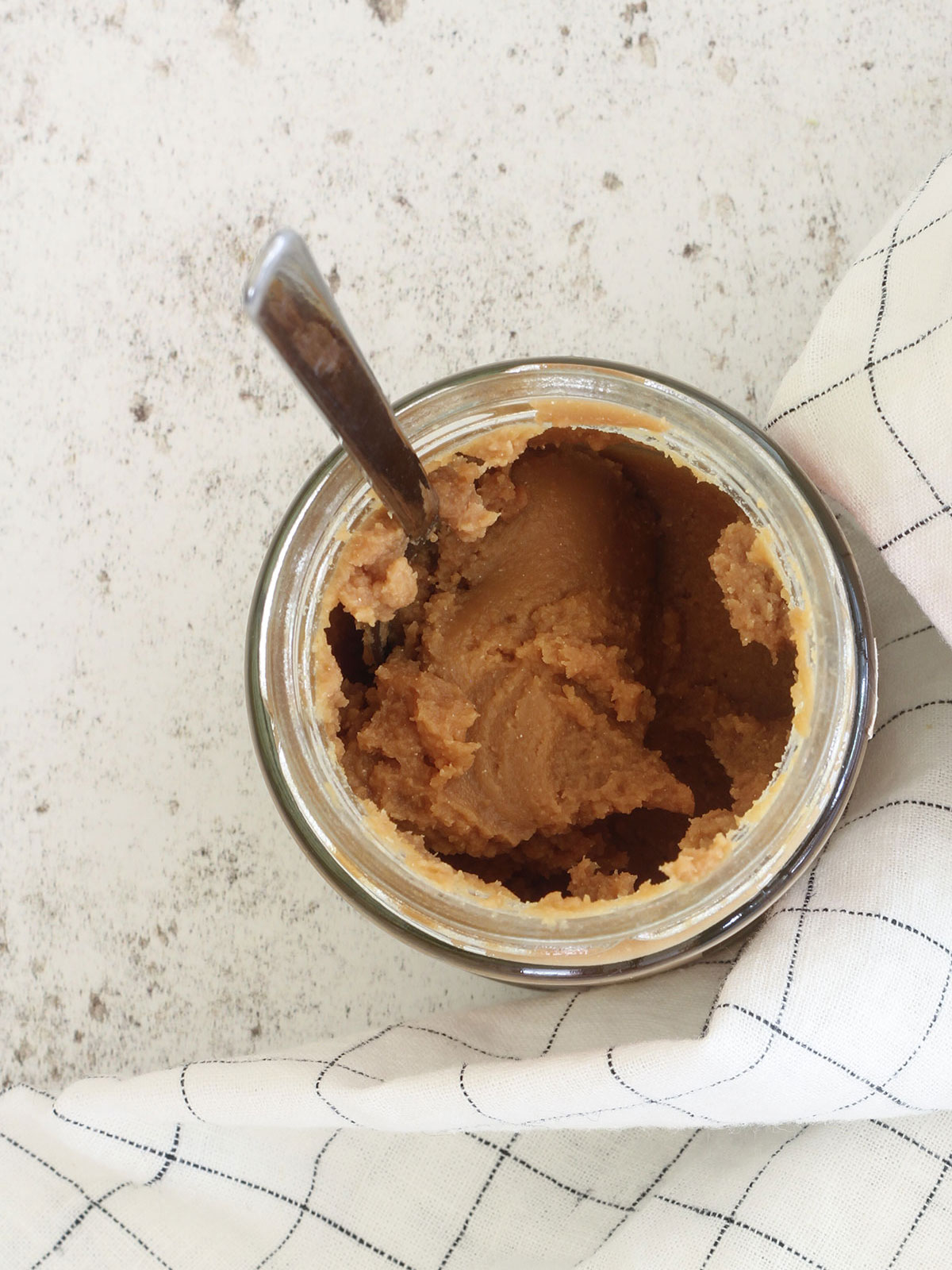How Long Does Miso Last in the Refrigerator?
Fermented Food Food Safety
Miso is a fermented soybean paste that is commonly used in Japanese cuisine. Unlike many other foods, miso has a remarkable shelf life even after being opened due to its high salt content and fermentation process. natural fermented soybean paste refrigerator shelf life. Studies have shown that miso can retain its quality and last for up to a year or longer when stored properly in the refrigerator. The fermentation and salt help prevent the growth of harmful bacteria and mold. However, mold growth is still possible over extremely long storage times. Experts recommend scraping off any mold that appears and only consuming the remaining miso within a week or two. Certain types of mold, especially pink mold, should cause the entire batch to be discarded due to potential mycotoxin production. While some molds used in cheesemaking are generally recognized as safe to consume, a conservative approach is best taken with any mold growth on foods unless the mold was deliberately added during production.

Differentiating Mold by Appearance
There is mixed guidance found online about whether differentiating mold types by color alone is a reliable practice. Some non-professional sources claim that blue or white molds on foods like miso can safely be scraped off, while pink molds indicate spoilage. However, food safety organizations are more cautious in their recommendations. The USDA recommends discarding any food showing visible mold growth that was not intentionally cultured as part of the food’s production. Mold identification requires laboratory analysis to accurately determine the species and assess its safety. Appearance alone does not provide enough certainty, so when in doubt, it is best to throw moldy foods out rather than risk consumption. Mold colors can also vary between species in unusual ways. What appears as blue or white mold today could potentially be a different, less safe species tomorrow due to genetic changes or misidentification. Following the precautionary guidelines from organizations like the USDA helps protect consumers from unintended health risks. While scraping off minor surface molds might be acceptable for some firm, low-moisture foods in the short term, it is generally not worth the risk with high-moisture items prone to deeper mold growth like miso.
Storing Miso for Longevity
For maximizing the shelf life of homemade or store-bought miso pastes, proper refrigeration is key. Miso should be stored in an airtight container, plastic bag, or jar in the refrigerator where temperatures are consistently 40°F or below. The cold temperatures help slow microbial growth that could lead to spoilage. It is also best to use miso within a couple months of opening to avoid quality deterioration over long-term storage. Some recommendations suggest periodically scraping away any crust that develops on the surface of the miso in the container. A useful approach for those who enjoy miso but do not use large quantities regularly is freezing portions in smaller containers for later use. Freezing prevents the gradual degradation of flavor and nutrients that occurs in refrigerated miso over many months. Individual servings or recipe-sized amounts frozen in freezer safe bags or containers remain safe and maintain quality for approximately 6-12 months. Thawing still-sealed miso in the refrigerator overnight allows it to be used directly in recipes without noticeable effects. Following these storage tips helps preserve the health benefits and culinary uses of miso for much longer.
Identifying Spoilage and Making Judgments
When judging the safety of perishable foods like miso that have surpassed their expected shelf life or developed mold, experienced cooks rely on more than just visual indicators or generalized timelines. Contextual factors like storage conditions and product history also provide useful information. A miso paste left at room temperature for weeks may show decline earlier than one carefully refrigerated. Observing textures, smells and mold structures can offer additional insight beyond superficial appearance alone. While guidelines serve to inform decissions, our senses still play a role in determining when quality has stabilized versus started deterioration. Proper handling and preventative measures are most effective for avoiding food waste and health risks from microbial growth. With fermented foods, naturally occurring spoilage can often be slowed through preservation methods and minimized by consuming within projected timeframes. When signs of spoilage emerge regardless of efforts, it is wisest to err on the side of caution. Our judgment must weigh both taste and safety equally in order to practice conscientious nutrition.
Traditional Uses and Health Benefits of Miso
Beyond its noteworthy shelf stability, miso has gained popularity worldwide due its nutritional profile and traditional uses in Japanese cuisine. Miso is a good source of protein, fibre, vitamins and minerals like iron. Regular consumption has been linked to potential health benefits such as reduced risk of certain cancers, heart disease and stroke. The fermentation process produces probiotic bacteria that support digestive and immune system function.
Traditionally miso soup acts as a staple part of the Japanese diet, contributing depth of umami flavor with little effort. Different varieties of miso like shiro and akamiso offer their own unique qualities to sauces, dressings, glazes and marinades. Many appreciate miso for adding savory savoriness to dishes while allowing other fresh ingredients to shine. Its versatility has led miso to be creatively incorporated into foods from around the world in both savory and sweet applications. With awareness of proper storage and handling, enjoying miso’s variety of uses can easily fit into healthy and well-balanced lifestyle.
